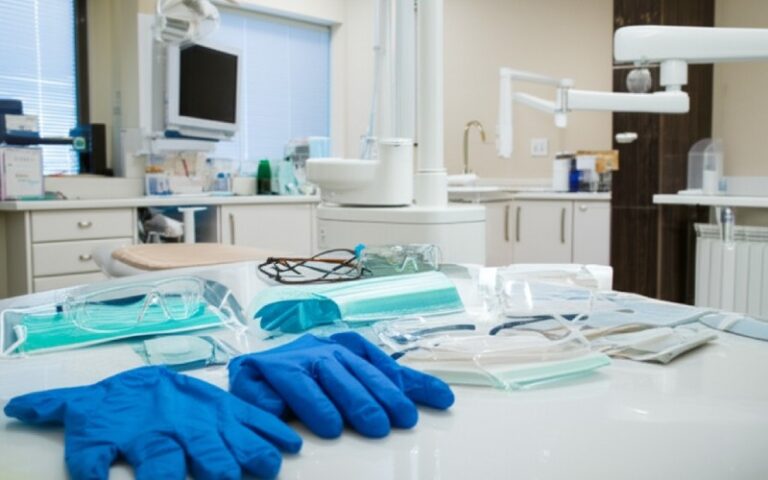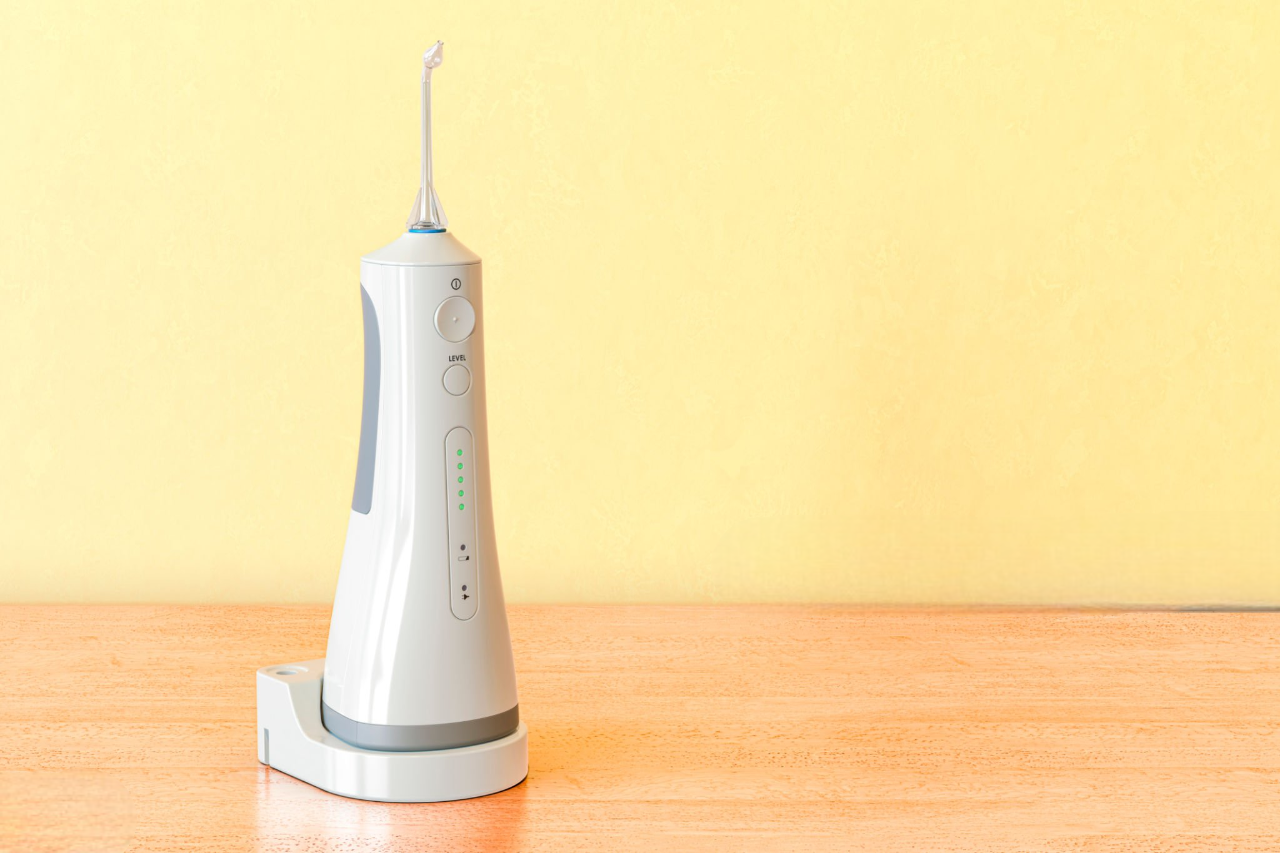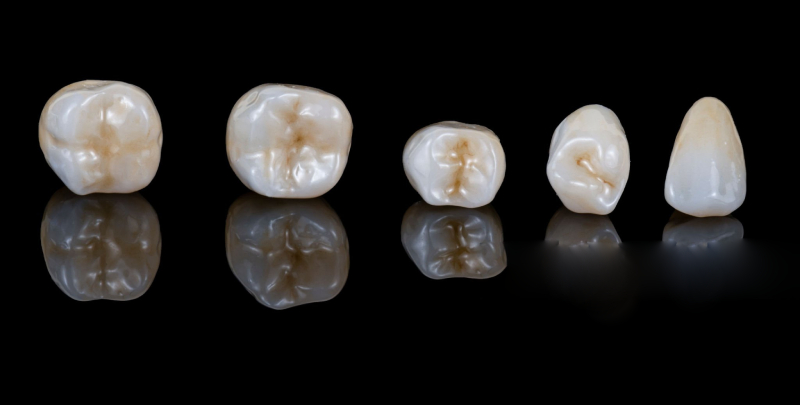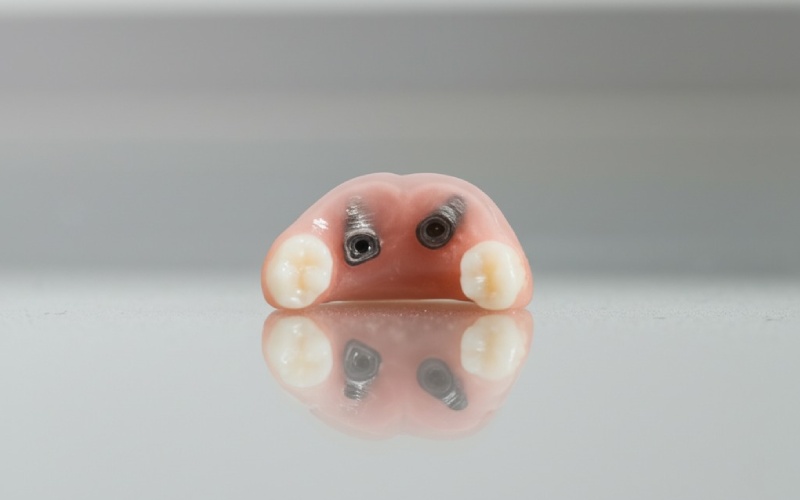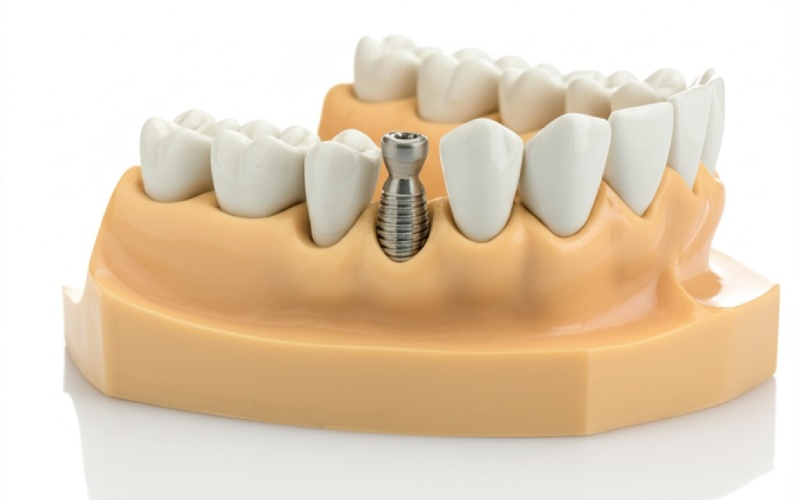
What Is An Impression Coping: A Simple Guide
Impression copings are key tools in dental implant procedures. They help create an accurate mold of the implant site in your mouth, ensuring new teeth fit perfectly. This guide explains what impression copings are, how they work, and why they matter for your smile.
Table of Contents
What is an Impression Coping?
An impression coping is a dental component used to capture the precise position and shape of a dental implant in your mouth. It acts like a template, helping the dental lab create a tooth that fits perfectly.
Imagine pressing a toy into clay to make a shape. An impression coping does the same for your implant, copying:
- The implant’s position
- The surrounding gum shape
- The angle of the implant
Impression copings are typically made of titanium or PEEK plastic, chosen based on the case requirements.
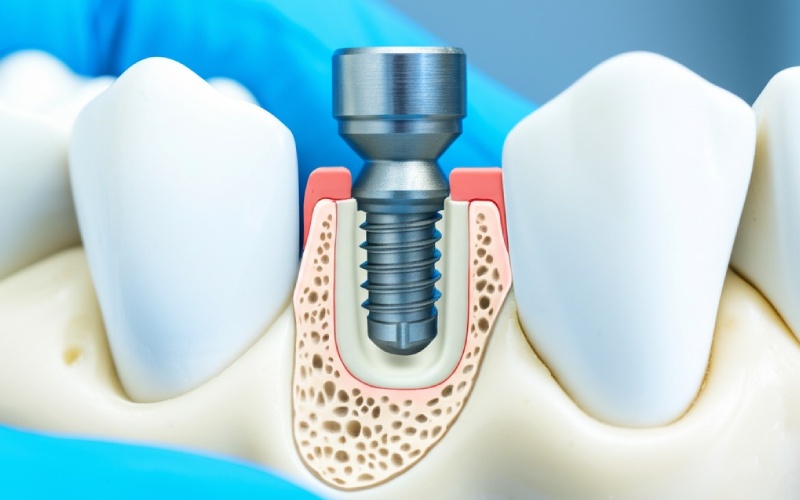
Types of Impression Copings
There are two main types of impression copings, each used in different methods:
Transfer Coping
A transfer coping remains in the mouth during the impression and is removed afterward. This is called the closed-tray method.
Best for:
- Single implant cases
- Limited space in the mouth
- Simpler procedures
Advantages:
- Easier for less experienced dentists
- Requires less chair time
Pick-Up Coping
A pick-up coping embeds in the impression material and comes out with the tray. This is called the open-tray method.
Best for:
- Multiple implants
- Angled implants
- Cases needing maximum precision
Advantages:
- More accurate for complex cases
- Better for full-arch restorations
Step-by-Step Impression Coping Process
Here’s how dentists use impression copings:
- Prepare the gums: Expose the implant by moving gums aside.
- Attach the coping: Snap or screw the coping onto the implant.
- Select a tray: Choose a tray (open or closed) that fits your mouth.
- Take the impression: Fill the tray with material (e.g., polyvinyl siloxane or polyether) that hardens to capture the shape.
- Send to lab: The impression is used to create your custom tooth.
Open-Tray vs. Closed-Tray Coping Methods
Here’s how the two methods compare:
| Feature | Open-Tray (Pick-Up) | Closed-Tray (Transfer) |
|---|---|---|
| Accuracy | Very high (±25µm for multiple implants) | Moderate (±50µm for single implants) |
| Complexity | More complex | Simpler |
| Common Issues | Tray fit issues | Less precise replication |
Dentists choose based on the case. Closed-tray is sufficient for single implants, while open-tray is preferred for multiple or angled implants.
Why Impression Copings Matter & Common Problems
Impression copings are critical for ensuring a precise fit. A misfit can lead to discomfort or implant failure. Accuracy within 10µm is often required for optimal results.
Common problems include:
- Over-tightening screws, causing damage
- Excess cement leakage
- Inaccurate lab models due to impression errors
Some dentists now use digital impressions with scan bodies and intraoral scanners, reducing reliance on traditional copings. Learn more about digital dental workflows.
Questions People Ask
Q: Can impression copings be reused?
A: No. Reusing them risks distortion, leading to poor-fitting restorations.
Q: Which is faster: transfer or pick-up copings?
A: Transfer copings involve fewer steps but are less precise than pick-up copings.
Q: Do I need impression copings for same-day implants?
A: For digital workflows, scan bodies may replace copings, especially in same-day cases.
How Impression Copings Help With Different Implant Cases
Impression copings are versatile across implant scenarios:
Single Tooth Implants
For one missing tooth, the closed-tray method with transfer copings is often used due to its simplicity. Learn more about single tooth implants.
Multiple Implants
For several implants, the open-tray method with pick-up copings ensures alignment. Dentists may splint copings to prevent movement during the impression.
Full Arch Implants
For full-arch restorations, precision is critical. Pick-up copings and specialized techniques ensure accurate fit. Explore full arch implants.
The Science Behind Impression Copings
Research highlights the importance of impression coping design:
- A study found closed-tray methods were more accurate for multiple implants in some cases.
- Longer, tapered copings improved accuracy by 35% for angled implants.
- Pick-up copings showed 22% fewer errors across various implant angles.
New Ways To Make Impressions
Digital dentistry is transforming impression techniques. Intraoral scanners and scan bodies create digital models, often replacing traditional copings. These methods are:
- Faster: No need for physical impressions
- Accurate: Comparable to open-tray methods
- Convenient: Streamlines lab communication
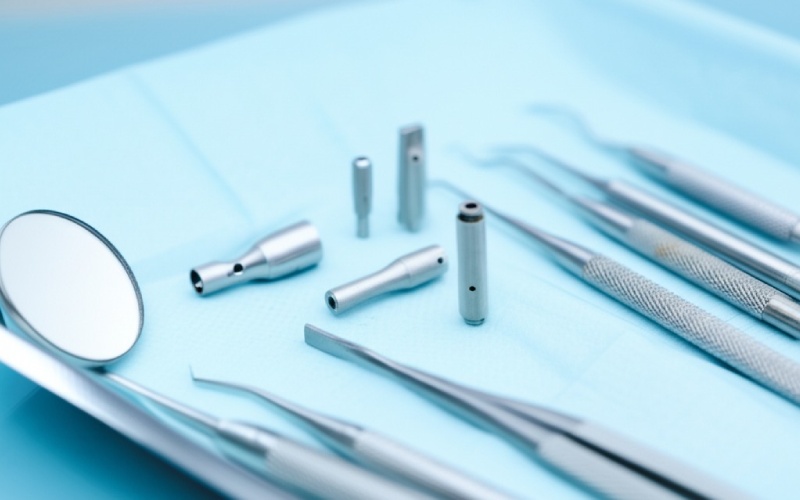
How To Care For Your New Teeth After Getting Them
Once your implant restoration is placed:
- Brush twice daily with a soft toothbrush
- Use implant-specific floss or interdental brushes
- Visit your dentist regularly for check-ups
- Avoid chewing on hard objects (e.g., ice, pens)
Proper care ensures your implant lasts for years.
Wrap Up
Impression copings are essential for creating accurate dental restorations. Whether using transfer or pick-up copings, or transitioning to digital scan bodies, the goal is a perfect fit for your new teeth.
Your dentist will select the best method based on your needs, ensuring a comfortable and functional smile. With advancing technology, impression techniques continue to improve, making the process more efficient and precise.

